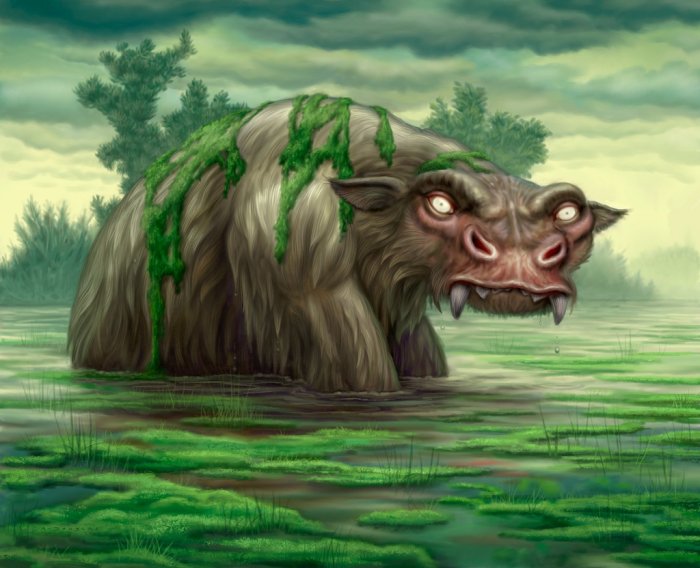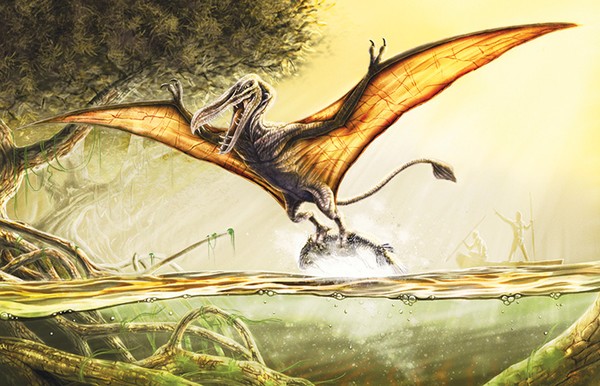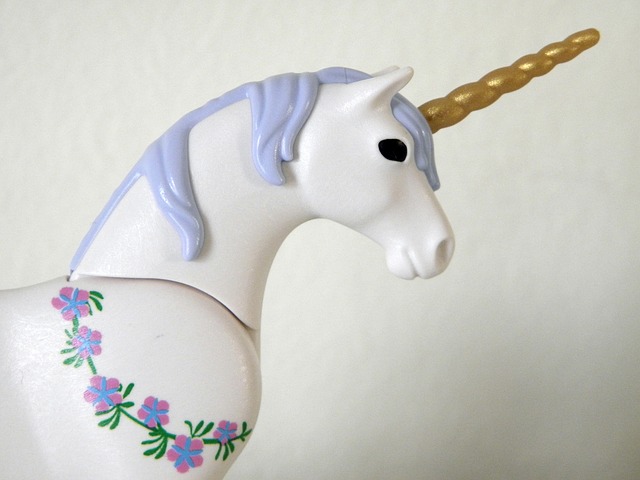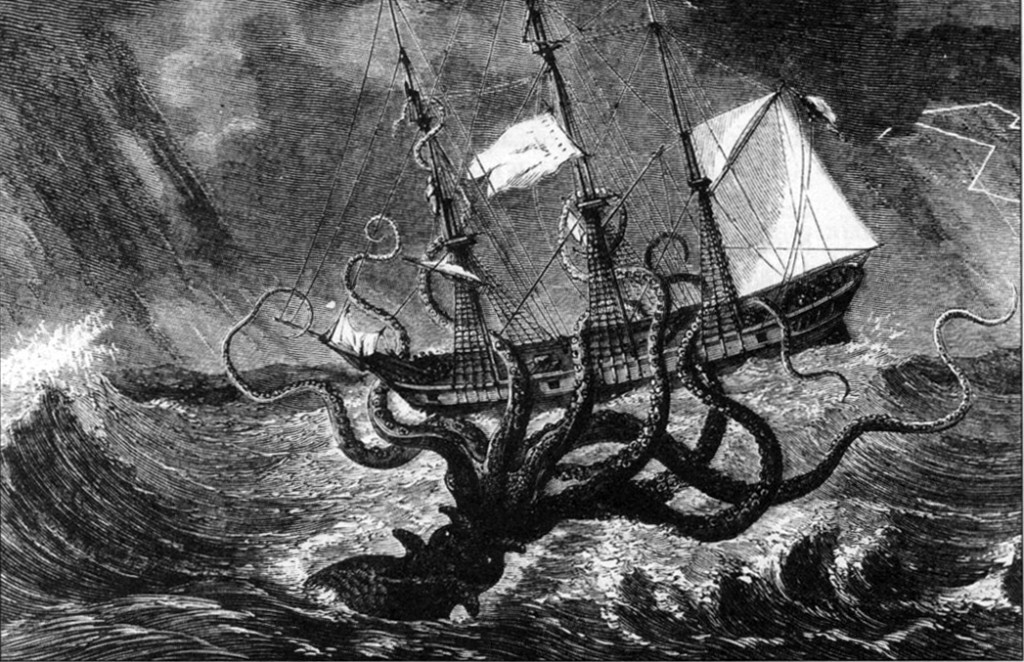Cryptozoology Break! Ahool.
Friday, October 21, 2022
Deep in the rainforest of Java, Indonesia, lurks a creature called the Ahool, first described in 1925, by Dr. Ernest Bartels, as a bat-like primate with claws, red eyes, grey fur, a 10 ft wingspan and a distinctive call; “AhOOOoool!” The Ahool is a beast that apparently prefers fish but would gladly devour some human flesh, as it was reported to have done in Zambia in 1956 to a poor, unsuspecting engineer who barely made it out alive. Stay out of the rainforest folks!
Cryptozoology Break! The Kraken
Sunday, October 9, 2022
Once the most feared creature in the Nordic Seas, the Kraken was often described by bewildered fisherman as a disproportionately large squid, or octopus, or other ferocious tentacled sea monster. The stories were usually scoffed by landlovers until the Kraken was popularized by French science fiction author, Jules Verne, in his classic novel, Twenty Thousand Leagues Under the Sea. Eventually, in the late 19th century, the not quite so giant, giant squid were being discovered washed up on the shore, some at 40+ feet in length, confirming at least in part the nautical horror stories of the past. The giant squid remains an incredibly elusive creature, having only recently been documented alive, but the tall tales of the Kraken, a gargantuan ship-swallowing sea monster, have gradually been adapted into medium tales of a pretty darn big squid who dukes it out with whales.
Cryptozoology Break! The Bunyip
Tuesday, September 27, 2022
Australia’s native Aborigines have plenty of tales involving a ferocious freshwater creature called the Bunyip, who comes out of the water at nightfall to hunt for their children. Descriptions vary greatly, from dog-faced to reptilian to starfish shaped. Since “Bunyip” actually translates to “evil spirit”, shape-shifting is probably not out of the question. But, it is more likely the Aborigines could never accurately describe it because they were busy running for their lives in the other direction. A solid survival technique in this case.

Art by Allen Douglas
Cryptozoology Break! Kongamato
Thursday, September 22, 2022
In the Jiundu swamps of western Zambia, a legendary pterodactyl-like creature known as Kongamato (“overwhelmer of boats”) had been terrifying the natives for generations. This elusive creature was known to capsize boats and deliberately pursue and destroy any poor soul who laid eyes on it. A few early 20th century explorers reported seeing and often being attacked by these crazy ugly flying monsters. Similar sightings were reported from as far away as Mount Kilimanjaro. Today, the real truth about the Kongamato remains a mystery…

You say Kongamayto, I say Kongamahto, let’s get the heck outta here!
Cryptozoology Break: The Unicorn
Tuesday, January 18, 2022
 Who knows exactly how the unicorn was gradually ascribed its girly connotation… Possibly it started in medieval times when it was believed that the unicorn could be tamed by only the purest of maidens. Regardless, the legend of the unicorn goes waaaaay back, much much further than She-Ra and My Little Pony. Archeologists have discovered depictions of a one-horned-horsey-creature on cave walls dating back to the Paleolithic era, around 14,000 BC. In many forms, the unicorn pops up in folklore across nearly every ancient region you can think of, often as a creature to be feared. From the Nordics to the Middle East to Africa to the Far East, the unicorn has donned many names and a variety of manifestations: Dragon-like, larger than an elephant, glowing red eyes,  glowing blue eyes, with the body of a bull, the hooves of a deer, the tail of a lion, the beard of a goat; faster than a wildebeest, more ferocious than a tiger, and more elusive than Cleopatra on roller skates; while its trademark horn runs the gamut from short and black to long, sharp and super-sparkly. Famed writers throughout history have avowed the unicorns existence, from Aristotle to Pliny the Elder to Confucius to Genghis Khan to Julius Caesar to the dudes who wrote the Bible! Even Marco Polo swears he saw one while traveling the Silk Road, though we’re pretty sure it was just a Rhinoceros. (Don’t tell him we said that.) So what do you think? Could they have possibly existed? Or are we just beating a dead unicorn. HA HA HA! In any event, we think it’s time to bring the unicorn back to a place of gender-neutral allurement…
Who knows exactly how the unicorn was gradually ascribed its girly connotation… Possibly it started in medieval times when it was believed that the unicorn could be tamed by only the purest of maidens. Regardless, the legend of the unicorn goes waaaaay back, much much further than She-Ra and My Little Pony. Archeologists have discovered depictions of a one-horned-horsey-creature on cave walls dating back to the Paleolithic era, around 14,000 BC. In many forms, the unicorn pops up in folklore across nearly every ancient region you can think of, often as a creature to be feared. From the Nordics to the Middle East to Africa to the Far East, the unicorn has donned many names and a variety of manifestations: Dragon-like, larger than an elephant, glowing red eyes,  glowing blue eyes, with the body of a bull, the hooves of a deer, the tail of a lion, the beard of a goat; faster than a wildebeest, more ferocious than a tiger, and more elusive than Cleopatra on roller skates; while its trademark horn runs the gamut from short and black to long, sharp and super-sparkly. Famed writers throughout history have avowed the unicorns existence, from Aristotle to Pliny the Elder to Confucius to Genghis Khan to Julius Caesar to the dudes who wrote the Bible! Even Marco Polo swears he saw one while traveling the Silk Road, though we’re pretty sure it was just a Rhinoceros. (Don’t tell him we said that.) So what do you think? Could they have possibly existed? Or are we just beating a dead unicorn. HA HA HA! In any event, we think it’s time to bring the unicorn back to a place of gender-neutral allurement…
THIS JUST IN: Unicorn poop is apparently rainbow colored and tastes delicious…


